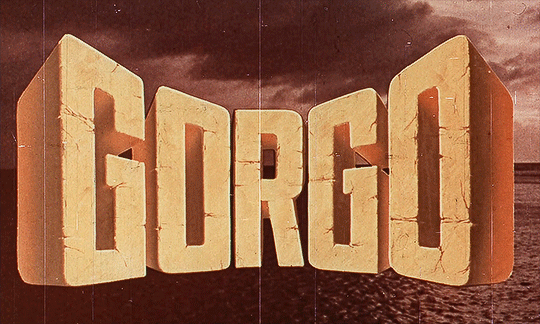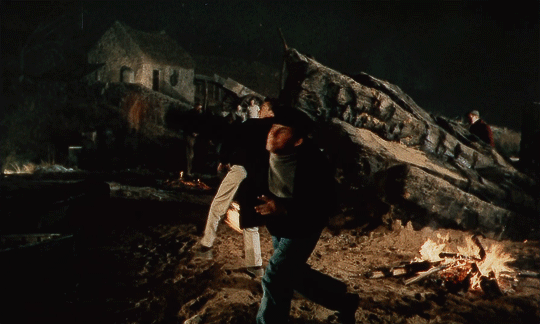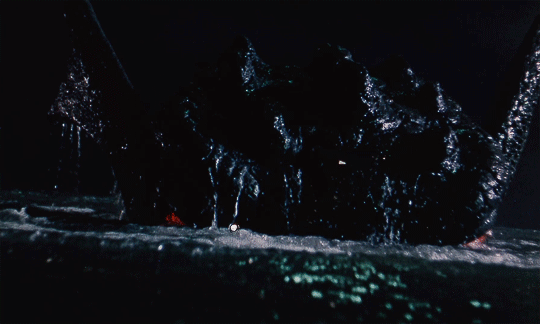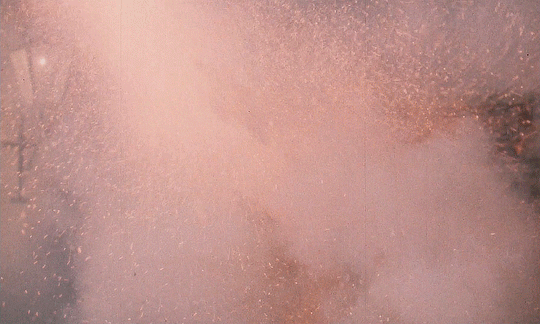#Gorgo
Text
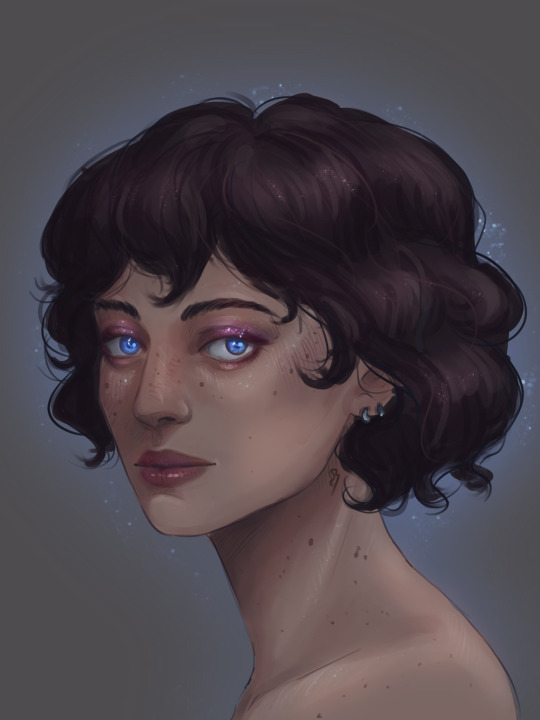
It's been a while since I drew so I'm basically warming myself back up by doing these quick portraits ^^
#artists on tumblr#art#drawing#digital art#my art#illustration#procreate#gorgo#my oc#dragon age oc#dragon age inquisitor#trevelyan
22 notes
·
View notes
Text

Drop dead Gorgeous Gorgon 😎🐍
#medusa#gorgon#greek mythology#greek myth#greek myth memes#greek myth art#greek myth pun#ancient greece#ancient greek mythology#medusa gorgon#snake#athena#poseidon#gorgoneion#gorgo#perseus#ancient greek#medusa art#roman mythology
855 notes
·
View notes
Text
Greek monster myths (1)
Various mini-articles loosely translated from the French « Dictionary of Feminine Myths », under the direction of Pierre Brunel. (You could also translate the title as “Dictionary of Female Myths” – the idea being all the myths centered around women)

Article 1: Gorgô
[Note: this mini-article is distinct from the mini-article about “Gorgons”]
The appearance of Gorgô, at the end of the eleventh chant of the Odyssey, is meant to cause fright – not just to Odysseus himself who is just done with invoking the dead, but also to the audience hearing this rhapsody (the Phaeacians listening to Odysseus’ tale), and to the very listener of the Homeric poem. Gorgô forms the dominant peak of this “evocation of the dead” (nekuia), she is the “chlôron déos”, the “green fear”. Odysseus’ mother, Anticleia, just disappeared back again nto the Hades – the hero wishes to summon other shades, such as those of Theseus and of his former companion Pirithous, “but before them, here is that with hellish cries the uncountable tribes of the dead gathered”. And Odysseus adds: “I felt myself becoming green with fear at the thought that, from the depths of the Hades, the noble Persephone might sent us the head of Gorgô, this terrible monster…” (633-635). It is barely an apparition, it is the possibility of an appearance, but it is enough to terrorize the living.
Jean-Pierre Vernant, in his work “La Mort dans les yeux” (Death in the eyes), establishes the link which ties together Gorgô and Medusa. Because Gorgô is more than a singular unification of the three Gorgons: she is a superlative form of Medusa, she is what happens when her petrifying gaze survives beyond death. By studying the depictions of Gorgô in ancient statues, Vernant establishes two fundamental traits: the faciality, and the monstrosity. He explains that “interferences” take place “between the human and the bestial, associated and mixed in diverse ways”. Maybe Gorgô is, as Vernant suggests, “the dark face, the sinister reverse of the Great Goddess, of which Artemis will most notably be the heir”. But Gorgô is also placed in the function of watchful guardian of the world of the dead, a world forbidden to the living. The mask of Gorgô expresses the radical alterity of Death and the dead.

Article 2: The Graeae
Daughters of Keto and Phorkys (they are thus also called “The Phorcydes”), sisters of the Gorgons, these divinities of shadows, which were born as elderly women and doomed to share one eye and one tooth for all three, appear exclusively in the tale of Perseus and Medusa.
The most ancient mention of the Graeae comes from Hesiod’s Theogony, which only counts two of them and names them Pemphredo and Enyo (Enyo was also the name of a goddess of war within Homer’s Iliad). The third of the sisters appears within a fragment of the Athenian logographer Pherecyde: Deino (“The Dreadful”), later called Persis by Hyginus (in his “Preface to fables”). Other authors, like Ovid, prefer to stick with two Graeae. Hesiod makes a quite flattering portrait of them: he makes them elegant goddesses with a “beautiful face”, even though they were “white-haired (understand “having white hair due to old age”) since birth”. And while their very name means “old women”, the Antique iconography actually follows the Hesiodic model: the depictions of the sisters as disfigured by the effects of time are quite rare… At most the artists will just put a few wrinkles. These mysterious hybrids between youth and old age, virginal seduction and sinister ugliness, finds an echo within a few lines from Aeschylus “Prometheus bound”: “Three ancient maidens, with swan bodies, that share a single eye and a single tooth, and who never receive a look from the shinng sun or the crescent of the night.” Aeschylus had an entire tragedy written about them (Phorcydes) which was unfortunately lost – but Aristotle wrote about it in his “Poetics” and implies that the play insisted on their monstrous aspect, placing them within the legendary area known as “the gorgonian fields of Kisthene”, and closely associating them with their sisters, of which they form a reversed image. Indeed, the Gorgons have a very powerful eyesight which no mortal being can face, while the Graeae have an extreme form of blindness. This trinity of women, old by nature, can also be understood as the antithesis of the three Charites, the Graces which embodied eternal youth.
The Graeae seems to have only a role within the myth of Perseus. And, outside of a few details, this legend does not change much from Pherecyde to Ovid’s Metamorphoses, passing by Lycophron, Apollodorus’ Bibliotheca, and Hyginus’ Astronomy. In all those versions the Graeae are the jealous keeper of the secret path that leads to the Gorgons, and Perseus must steal their eye in order to obtain the knowledge needed to reach Medusa. However, Pherecyde did change an element: according to him the Graeae do not protect the path leading to the Gorgons, but rather the path leading to the nymphs that hold the magical items Perseus needs to fight Medusa.
Due to their limited presence in Greek mythology, the Graeae have quite a poor cultural posterity. In the 19th century Goethe will remember them: in his “Second Faust”, Mephistopheles appears under the guise of “Phorkyas”, a monster with only one eye and one tooth. In the world of paintings, Edward Burne-Jones, who created a true “Perseus cycle”, had a strong interest for them: he worked for a very long time on a painting of the Graeae. Their face is barely visible, but the cloth that wraps itself around their body is menacing ; they are within an arid desert, under a dark sky heavy with clouds – they perform a sinister dance, in a mockery of the Graces. Perseus comes to steal their eyes, and the grey color that invades all the nuances of the picture symbolizes the unique presence of those strange crones, both disquieting and pitiable.

Article 3: Echidna
Echidna, “the viper”, is according to Hesiod the daughter of Phorkys and Keto, themselves born of Pontos, the Sea, and Gaia, the Earth. Echidna’s sisters are female monsters like her: the Graeae, and the Gorgons. Hesiod describes her as having half of the body of a “fair-cheeked nymph”, while the rest of her body is the one of an enormous, big, cruel, spotted and terrible snake which “lies within the secret depths of the divine earth”. Echidna as such belongs to this large mythological family of snake-women, of which the most famous case in France is the fairy Mélusine. But unlike Mélusine, Echidna can never leave the snake-half of her body, and thus a better French heir would be Marcel Aymé’s depiction of the vouivre with her cohort of vipers.
Theodore de Banville, when he imagines Hesiod scolding him for sanitizing Classical mythology, makes of Echidna the symbol of the archaic mythology: he tells him that he is “making a toy out of the history of the gods” by depicting Love as “a sweet child, free of carnivorous appetites, ignored by the Furies and by bloody Echidna”.
Echidna precisely appears as a being led by an amorous desire within Herodotus’ tales, that he claims to have collected among the Greeks of Pontus Euxinus: as Herakles was sleeping, Echidna steals his horses away. She only agrees to give them back if he sleeps with her. When Herakles leaves her, she tells him that she will bear three sons from their union. He advises them to only keep with her one that would be able to bend a bow just like him, and to force the others to leave. She does that, and this favorite son is supposed to be the one that created the Scythian people. This meeting between Herakles and Echidna might be derived from the famous encounters between Herakles and three of Echidna’s other children: the Nemean Lion, the Hydra of Lerna, and Cerberus.
In Aeschylus, Orestes compares his mother, Clytemnestra, to “a horrible viper”. Sophocles has Creon call Ismene, which he believes to have helped Antigone, “a viper that slid in my house against my will to drink my blood”. These examples show a link between the Ancient metaphorical speech, and the mythological allusions. Indeed, only the context can allow us to determine if these authors meant “viper” as a common name, or as a proper name: as “Viper”, “Echidna”. But it confirms the idea that, in Ancient Greece, Echidna is a monster born of an archaic fear of the women, and embodying their supposed perfidy.
#greek mythology#graeae#gorgon#gorgo#medusa#echidna#greek monsters#female monsters#ancient greek monsters#greek myths
76 notes
·
View notes
Text
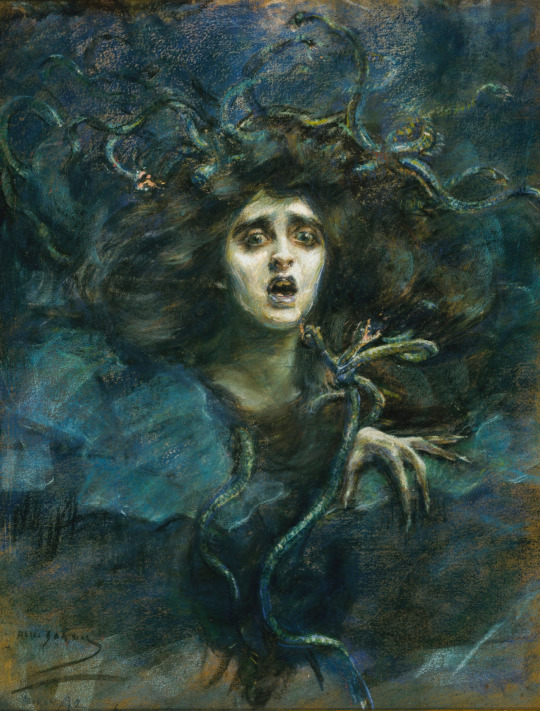
Medusa by Alice Pike Barney
#medusa#art#alice pike barney#greek mythology#mythological#mythology#europe#european#history#gorgo#gorgons#gorgon#ancient greek#ancient greece#venomous#snakes#serpents#head#snake#serpent#eyes#stone#cursed#hair#classical antiquity#antiquity#ancient
226 notes
·
View notes
Text

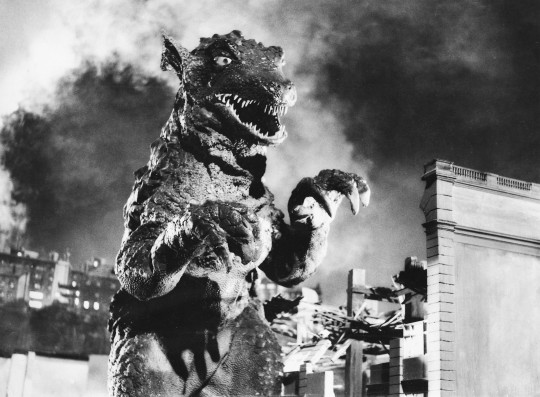



Gorgo (1961)
#gorgo#giant monster movies#kaiju movies#british sci-fi#eugène lourié#bill travers#suitmation#60s movies#sixties#1961
204 notes
·
View notes
Text
A cover I did for an old magazine

63 notes
·
View notes
Text

1972 Spanish poster for Gorgo (1961) by Francisco Fernández Zarza
#that is totally gamera!#Francisco Fernández Zarza#poster#poster art#art#illustration#film#movie#movie poster#1972#1970s#gamera#gorgo#kaiju
257 notes
·
View notes
Text

Gorgo illustration by Dave Cockrum (from the Charlton Portfolio comic)
48 notes
·
View notes
Text

Probably not what you want to see coming at you when looking through binoculars!
Unless, of course, you're on a photo safari on Monster Island.
84 notes
·
View notes
Text

Another quick kaiju drawin, todays kaiju was suggest by a friend; It's gorgo! (well actually ogra buttttt......)
73 notes
·
View notes
Text
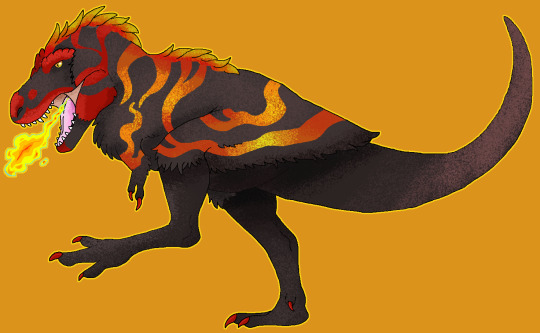

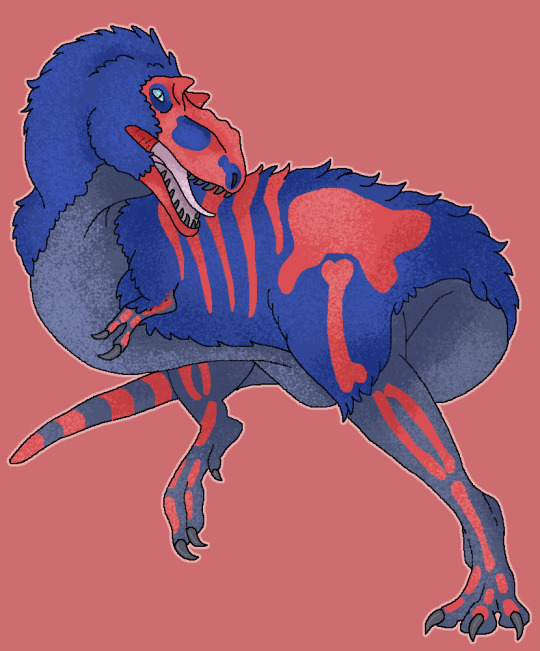


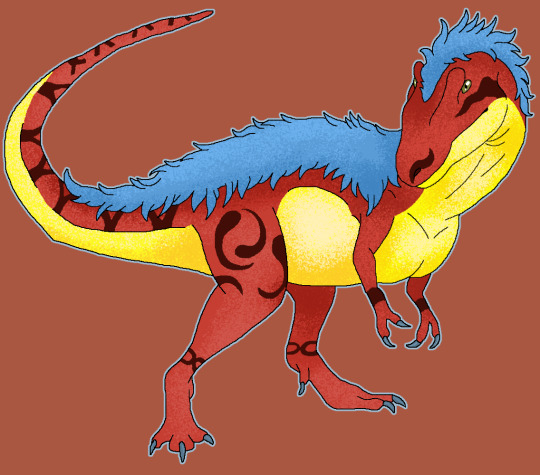


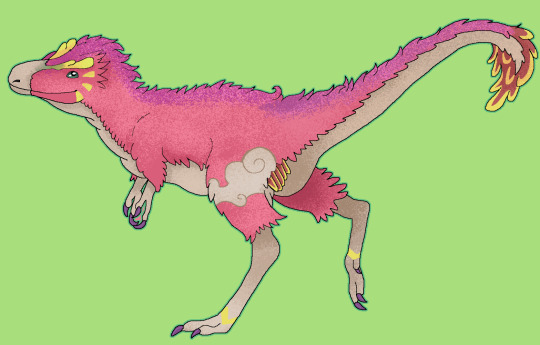

First ten Vivosaurs for the Fossil Fighters Project I'm undertaking!
#fossil fighters#fossil fighters: champions#t-rex#tyrannosaurus rex#t. rex#daspleto#daspletosaurus#gorgo#gorgosaurus#tarbo#tarbosaurus#alio#alioramus#siamo#siamotyrannus#alectro#alectrosaurus#guan#guanlong#shanshan#allo#allosaurus#dinosaur#vivosaur
94 notes
·
View notes
Text
Kaiju Week in Review (February 4-10, 2024)

Zoe Tunnell's Godzilla: Valentine's Day Special for IDW was everything I wanted it to be and more. While the kaiju are essential to the story, the focus is on the rivalry-turned-romance between an EDF captain and an independent kaiju researcher, which unfolds wonderfully across multiple attacks. Kaiju researchers have decried a military-first approach since 1954, of course, but Piper Simmons goes a step further by questioning whether an explosion in defense spending on shiny super-weapons is just making the problem worse. Essential reading.
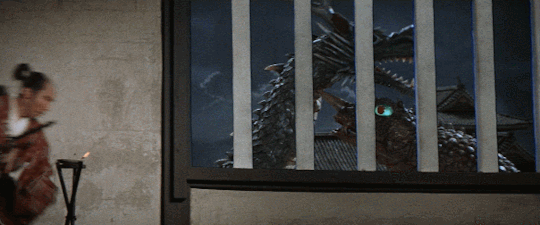
Shout Factory! TV added seven vintage Toei tokusatsu titles out of nowhere, all in Japanese with English subtitles. Magic Serpent (retitled Dragon Showdown) is probably the most familiar and of-interest title to kaiju fans, but there's also Planet Prince (the first of two films edited together and dubbed under the title Prince of Space), Invasion of the Neptune Men, Watari: The Ninja Boy, Ninja Scope, and The Golden Bat. Earlier today, we learned that they're all being released in a Blu-ray set as well—but more on that in the next column.
youtube
Here's a new CG short called Daikaiju vs. the Giant Girl (we are ignoring the typo in the thumbnail/video title). Great action, and I had to check the credits to confirm it was completely computer-animated.

When Titanic Creations first announced its articulated Gorgo figure, I was less than confident they'd be able to deliver on their promise of a graphic novel sequel to the film. Well, work on it seems to be progressing well, although at some point along the way it became a prequel instead. Artist Patrick McEvoy posted on his Facebook that the comic is fully inked. The company is also rather boldly setting it in the same universe as their original kaiju graphic novel Soul War, also illustrated by McEvoy.
youtube
Warning from Space has a surprisingly large role in this Martin Scorsese-directed Squarespace ad. Leave it to the world's foremost Marvel hater to have me watching and enjoying a Super Bowl commercial.

I don't often post X-Plus news, but this Bagan figure based on his appearance in Godziban seemed noteworthy. They're also releasing a figure based specifically on the giant Cybot Godzilla animatronic from The Return of Godzilla, with the Shonen Rick limited edition including a small Shockirus.
#kaiju week in review#godzilla#godzilla valentine's day special#idw#bagan#warning from space#magic serpent#gorgo#daikaiju vs. the giant girl#kaiju
41 notes
·
View notes
Photo
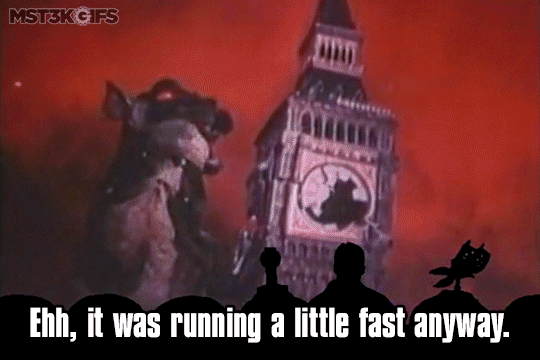
You think it’s noticeable?
177 notes
·
View notes
Text

Gorgo (1961)
#gorgo#bill travers#william sylvester#vincent winter#1961#1960s movies#eugène lourié#sci fi horror#horror movie poster
83 notes
·
View notes
Text
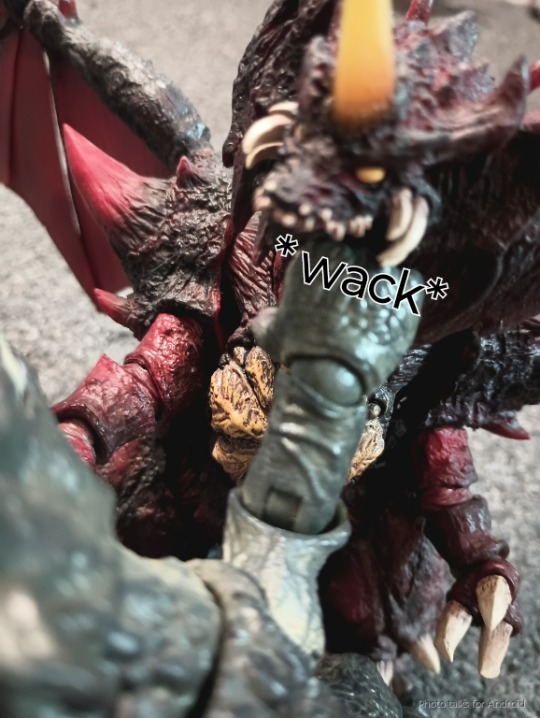
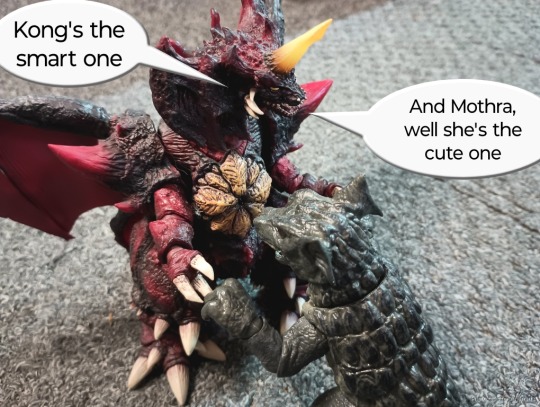



One free internet for whoever names where this modified quote comes from first.
22 notes
·
View notes
